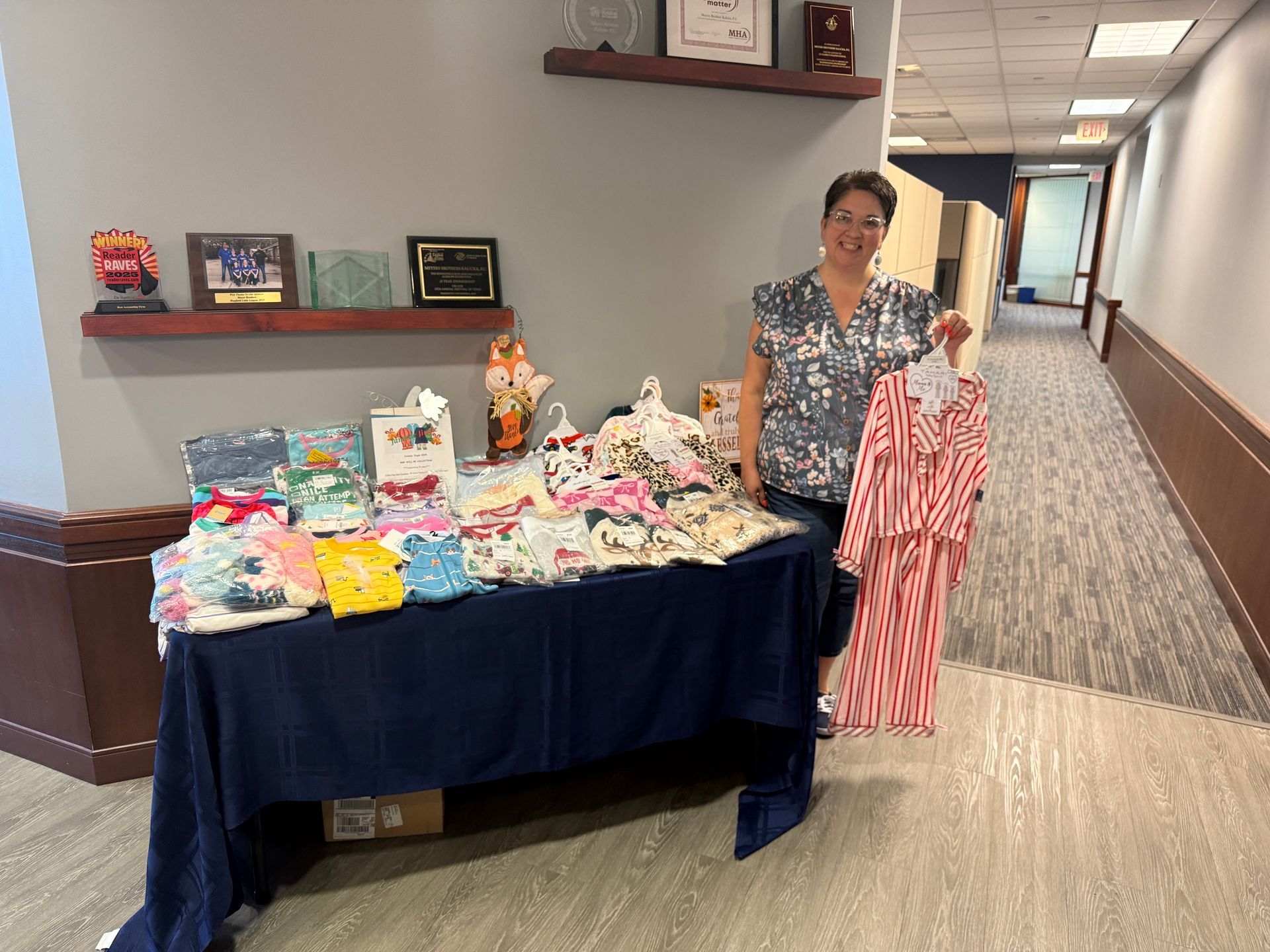Everyone Wins with Qualified Opportunity Zones
With the Qualified Opportunity Zone (QOZ) program, the Tax Cuts and Jobs Act (TCJA) created a win-win situation. How? The program provides a tax incentive for investors who realize capital gains to make long-term investments in one of the nearly 9,000 distressed communities in the United States that have been designated QOZs. They can do this via Qualified Opportunity Funds (QOFs).
IRS guidance
After the TCJA was passed, investors were hesitant to create QOFs because of uncertainty about certain aspects of the program. In October 2018 and April 2019, however, the IRS issued proposed regulations — on which you can rely until final regulations come out — that provide welcome guidance on the subject. For the most part, the proposed regulations are quite taxpayer friendly.
Investor benefits include deferral of tax on the capital gain until the end of 2026 (or, if earlier, the date the QOF investment is disposed of). Benefits also include a permanent, 10% reduction in the amount of capital gain, if the QOF investment is held for at least five years, plus an additional 5% reduction (for a total of 15%) if it’s held for at least seven years. Finally, there’s no tax on capital gains attributable to appreciation of the QOF investment itself, provided it’s held for at least 10 years.
The ins and outs of investment
The benefits described above aren’t available for direct investments in QOZs. Rather, you must invest through a QOF — a corporation or partnership (including an LLC taxed as a partnership) dedicated to investing in QOZs. To qualify, at least 90% of a fund’s assets must consist of “QOZ property.” Virtually anyone can create and manage a QOF, ranging from individuals who establish single-investor funds to defer capital gains to sponsors of multi-investor funds.
QOZ property includes:
- QOZ business property — tangible property that’s used by a trade or business within a QOZ and meets certain requirements, and
- Equity interests in corporations or partnerships that qualify as QOZ stock or QOZ partnership interests.
To qualify, the entity must meet several requirements, including a requirement that “substantially all” of its tangible property (defined by the proposed regs to mean 70%) is QOZ business property.
It’s important to recognize that you can’t simply invest cash in a QOF and enjoy the tax benefits provided by the QOZ program. Rather, you must first recognize capital gain by selling or exchanging property and then essentially “roll over” some or all of the gain by reinvesting cash in a QOF within 180 days. You can use a QOF to defer gains from virtually any capital asset — real estate, publicly traded stock, business interests, even artwork and other collectibles.
Good timing
To make the most of the QOZ program, you should invest in a QOF by the end of 2019. Why? It’s because the capital gain you roll over is deferred, at most, to the end of 2026 ― but to enjoy a permanent, 15% reduction in the amount of gain, you need to meet a seven-year holding period.
As noted above, there’s a separate incentive that allows you to exclude from income 100% of the capital gain attributable to the appreciation of your investment in the fund, provided you meet a 10-year holding period.
There was some confusion about this benefit, because all QOZ designations are scheduled to expire at the end of 2028, and it was unclear whether the exclusion would be available if the holding period extended beyond that date. Fortunately, the proposed regulations allow investors to exclude these gains so long as they’re recognized before the end of 2047. This is a potentially significant benefit for long-term investors.
Be sure to work with advisors who are familiar with the QOZ program. The proposed regulations contain detailed, complex rules on structuring and operating QOFs, identifying eligible QOZ investments, and other elements of the program.
Opportunity knocks
To gain the maximum tax benefits from investing in the QOZ program, you’ll need to invest not only capital gains, but also time — seven years or more. But if you can hold onto the investment over that period, you’ll find that it has generated a profitable opportunity — both for communities and for you.
© 2019
This material is generic in nature. Before relying on the material in any important matter, users should note date of publication and carefully evaluate its accuracy, currency, completeness, and relevance for their purposes, and should obtain any appropriate professional advice relevant to their particular circumstances.
Share Post:









